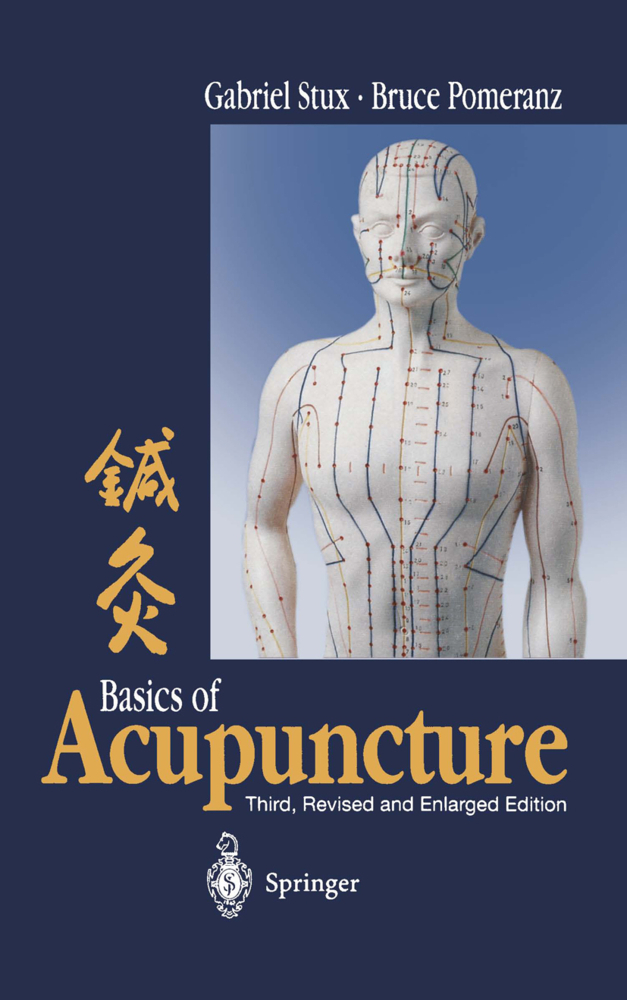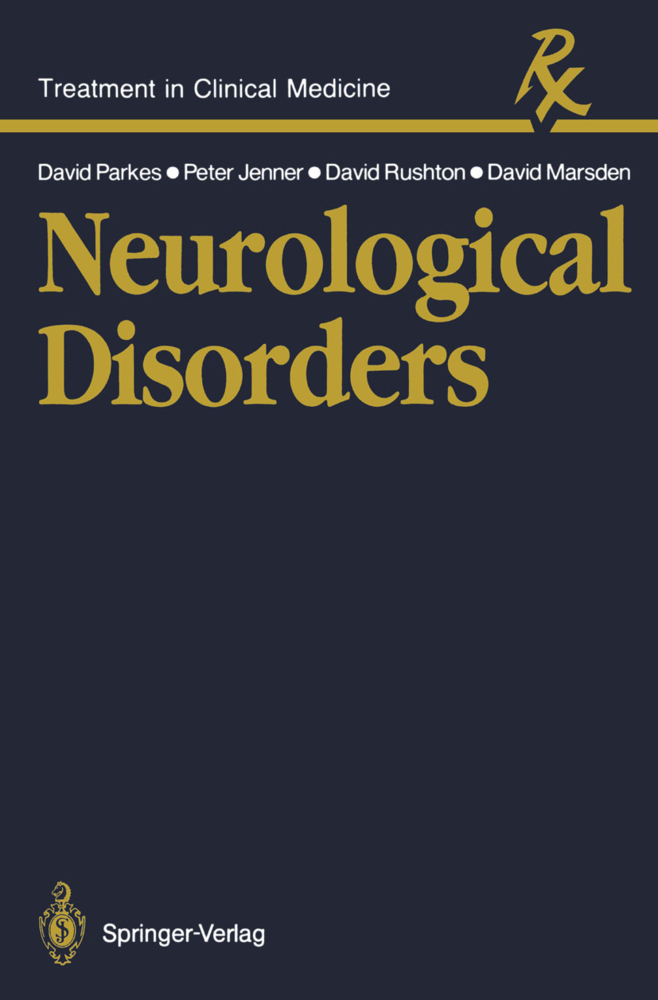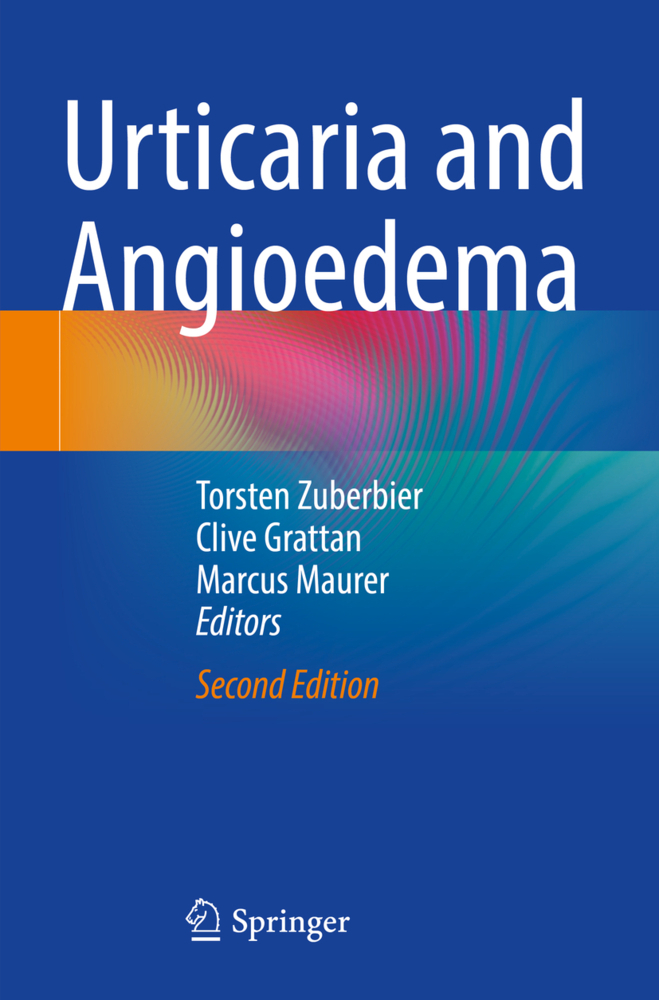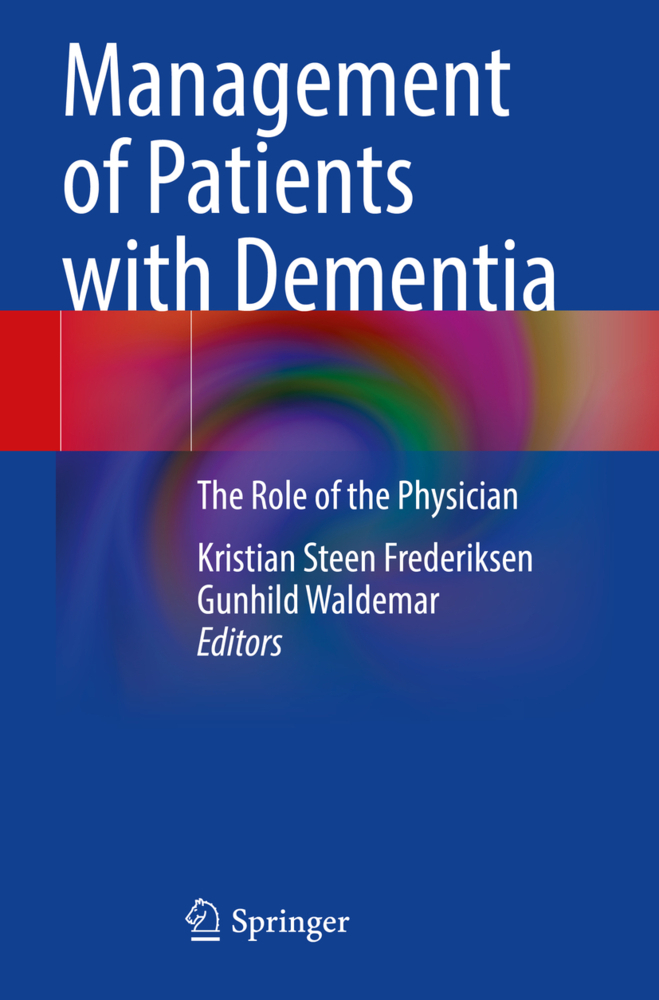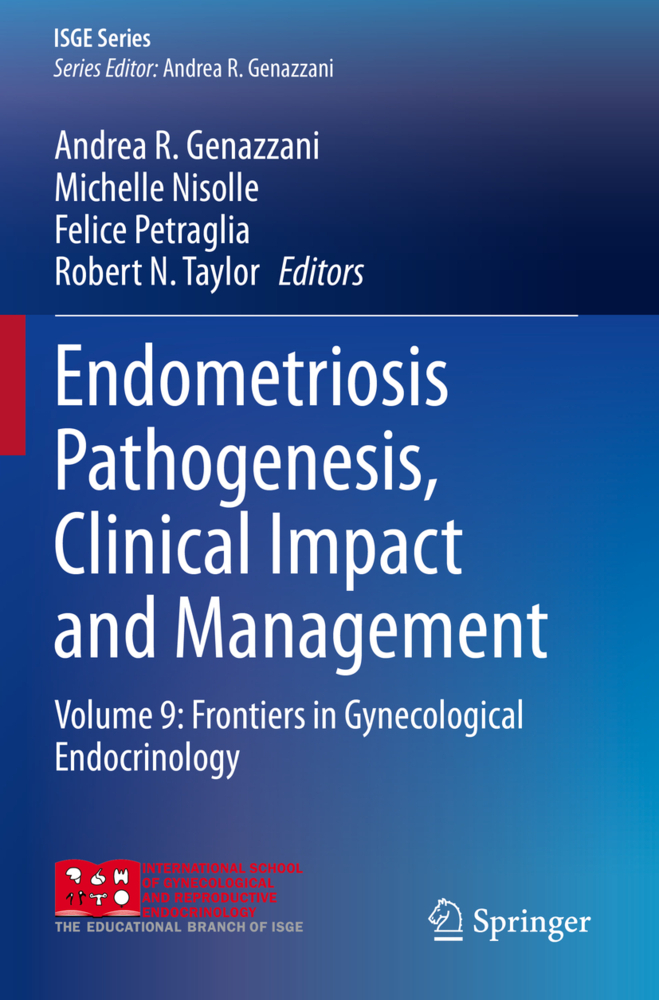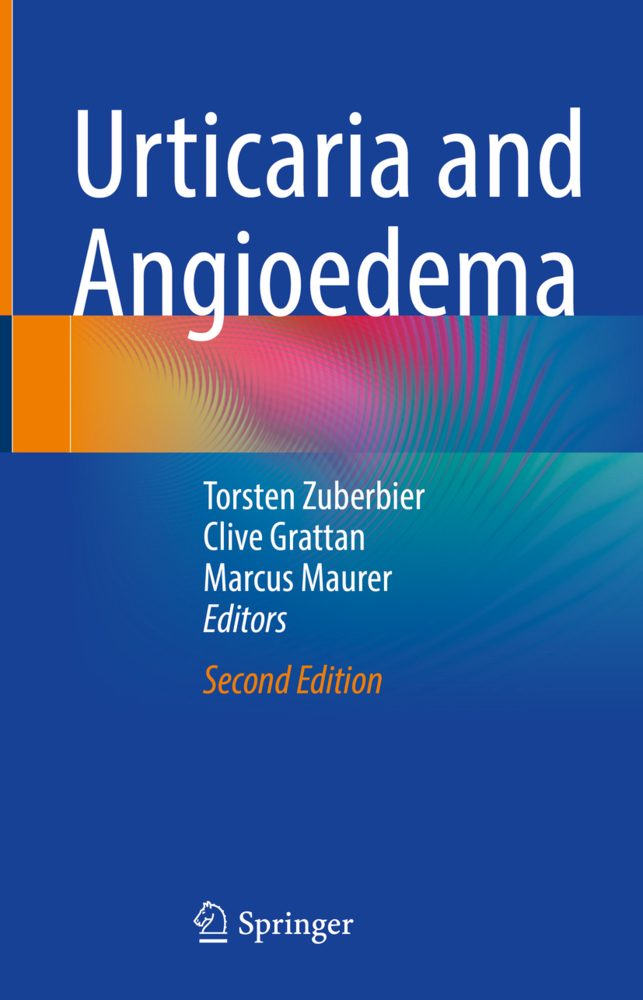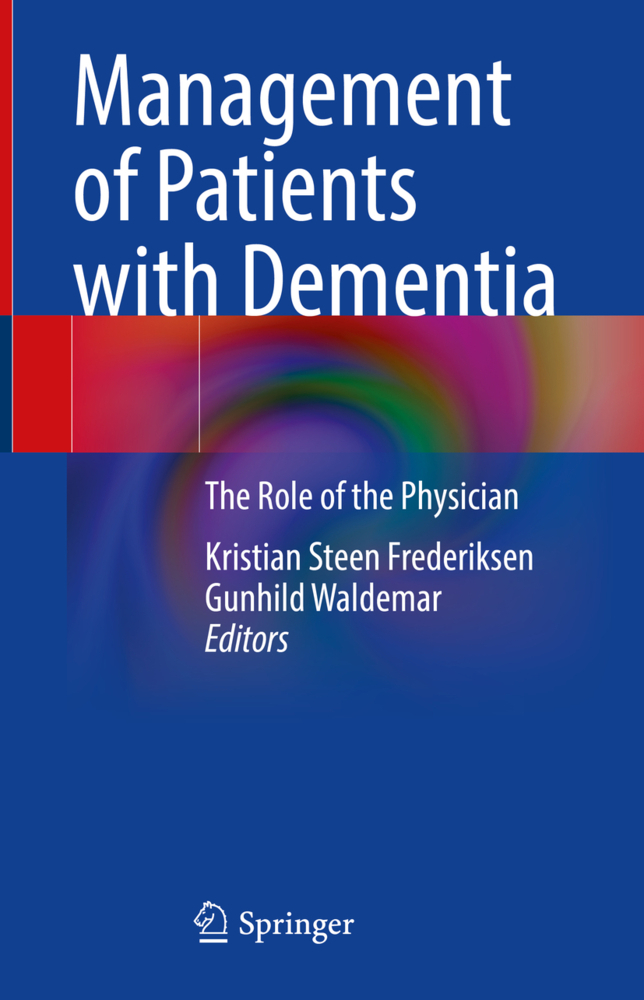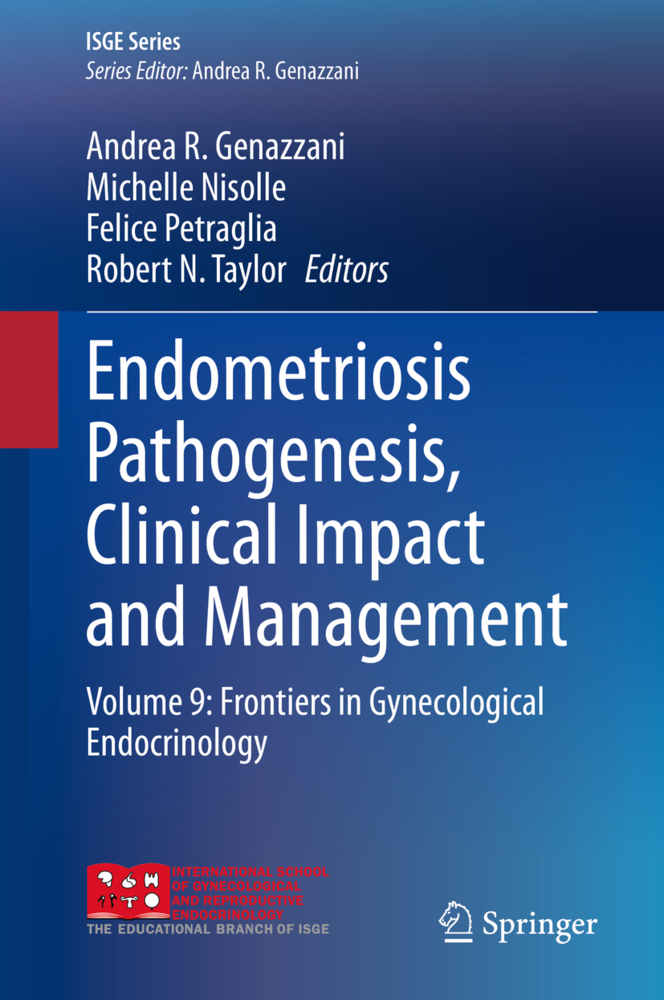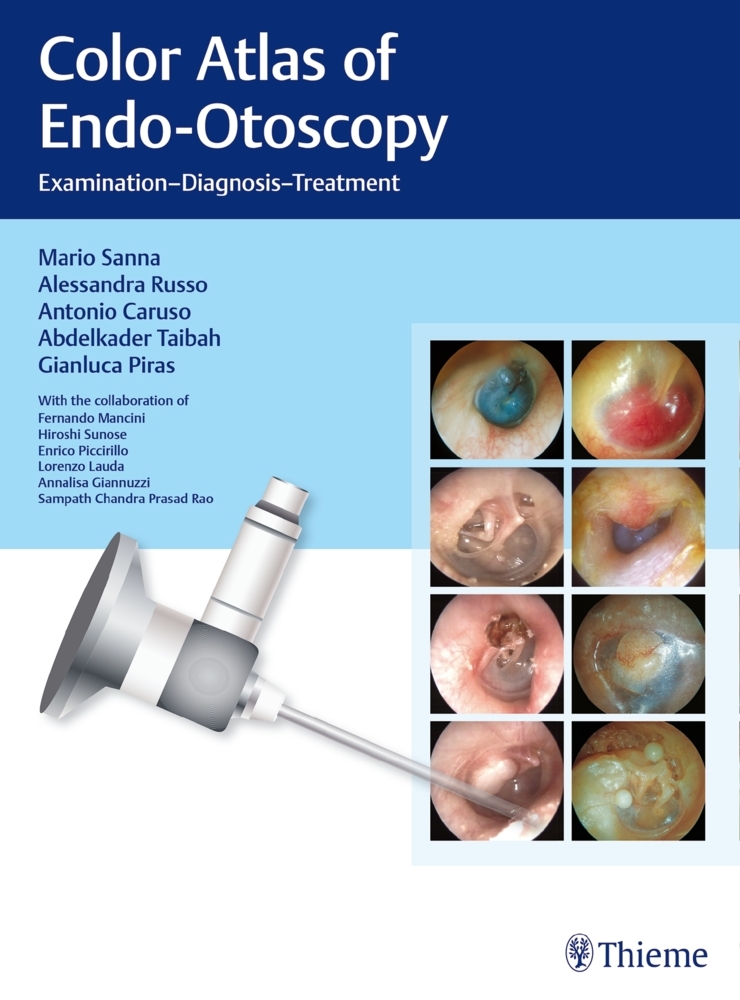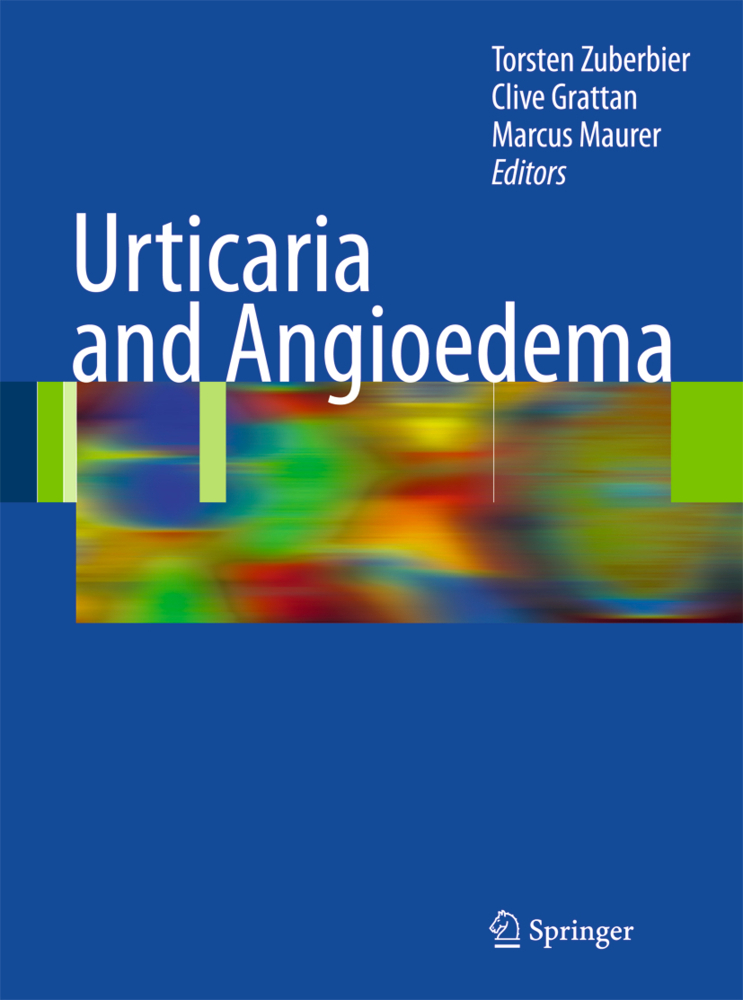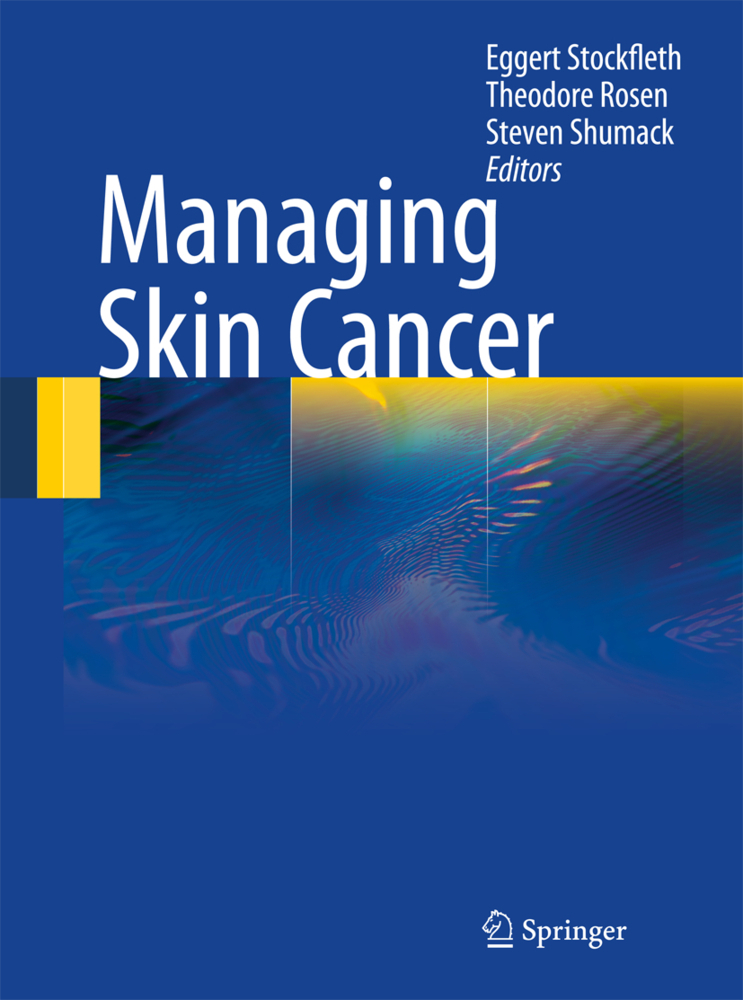Basics of Acupuncture
Basics of Acupuncture
In 1987, our first book Acupuncture: Textbook and Atlas received rave reviews (e. g., in New England Journal of Medicine). This prompted us to write this smaller affordable version in order to reach a wider audience. The smaller format has been so successful that we are now into our third revised edition. This has given us the opportunity to update and improve the book. For example, nu merous new references to scientific advances have been added. Also the section on traditional Chinese medicine (TCM) was ad ded because it gives a more complete picture of the current prac tice of acupuncture. Acupuncture has come a long way since our first book in 1987. There has been a surge of interest in treating drug addictions by ear acupuncture in 450 centers world wide. The treatment of nau sea and vomiting has been so well tested (scientifically) that the FDA (USA) is considering making this the major indication for acupuncture in America. Research into its efficacy for neurologi cal and pulmonary diseases is also gaining credibility. No longer is chronic pain the only scientifically acceptable use for acupuncture (based on the endorphin mechanism).
2 Scientific Basis of Acupuncture
2.1 Acupuncture Analgesia (Basic Research)
2.2 Acupuncture Analgesia for Chronic Pain
2.3 Drug Addiction
2.4 Nerve Regeneration, Cardiovascular, Antiemetic
and Urogenital Effects of Acupuncture
2.5 Acupuncture Points (Do They Really Exist?)
3 Background and Theory of Traditional Chinese Medicine
3.1 Tao, Yin, and Yang
3.2 The Vital Energy, Life Force: Qi
3.3 Pathogenesis of Chinese Medicine
3.4 The System of Five Phases
3.5 Diagnosis in Traditional Chinese Medicine
4 Channels, Organs, and Points
4.1 System of Channels and Organs
4.2 Point Categories
4.3 Methods of Point Location
4.4 Description of Channels and Points
5 Technique of Acupuncture
5.1 Acupuncture Needles
5.2 De Qi Sensation
5.3 Tonifying and Sedating Methods of Stimulation
5.4 Sterilization of the Needles
5.5 Complications of Acupuncture Treatment
5.6 Moxibustion
5.7 Acupressure
5.8 Laser Acupuncture
6 Acupuncture Treatment
6.1 Principles of Acupuncture and Rules of Point Selection
6.2 Locomotor Disorders
6.3 Respiratory Disorders
6.4 Cardiovascular Disorders
6.5 Gastroenterological Disorders
6.6 Mental Disturbances and Illnesses
6.7 Neurological Disorders
6.8 Gynecological Disorders
6.9 Urological Disorders
6.10 Skin Disorders
6.11 Disorders of the Sense Organs
6.12 Acute Disorders and Emergencies
7 Electroacupuncture and Transcutaneous Electrical Nerve Stimulation
7.1 Electroacupuncture
7.2 Transcutaneous Electrical Nerve Stimulation, TENS
7.3 Acupuncture-like TENS Differs from Conventional TENS
7.4 Habituation to Monotonous Stimuli
8 Traditional Chinese Syndromes: The Diagnosis of Chinese Medicine
8.1 Major Patterns ofDisturbances
8.2 Syndromes of the Five Zang Organs
8.3 The Most Frequent Syndromes
9 Additional Methods of Treatment (G. Stux)
9.1 Chakra Acupuncture
9.2 Awareness Release Technique
Appendixes A-D
A. World Health Organization
List of Indications for Acupuncture
B. Nomenclature and Abbreviations for Channels and Points
C. Glossary of Chinese Terms
D. Alphabetic List of Chinese Point Names.
1 Introduction
Growth of Clinical Acupuncture in the West2 Scientific Basis of Acupuncture
2.1 Acupuncture Analgesia (Basic Research)
2.2 Acupuncture Analgesia for Chronic Pain
2.3 Drug Addiction
2.4 Nerve Regeneration, Cardiovascular, Antiemetic
and Urogenital Effects of Acupuncture
2.5 Acupuncture Points (Do They Really Exist?)
3 Background and Theory of Traditional Chinese Medicine
3.1 Tao, Yin, and Yang
3.2 The Vital Energy, Life Force: Qi
3.3 Pathogenesis of Chinese Medicine
3.4 The System of Five Phases
3.5 Diagnosis in Traditional Chinese Medicine
4 Channels, Organs, and Points
4.1 System of Channels and Organs
4.2 Point Categories
4.3 Methods of Point Location
4.4 Description of Channels and Points
5 Technique of Acupuncture
5.1 Acupuncture Needles
5.2 De Qi Sensation
5.3 Tonifying and Sedating Methods of Stimulation
5.4 Sterilization of the Needles
5.5 Complications of Acupuncture Treatment
5.6 Moxibustion
5.7 Acupressure
5.8 Laser Acupuncture
6 Acupuncture Treatment
6.1 Principles of Acupuncture and Rules of Point Selection
6.2 Locomotor Disorders
6.3 Respiratory Disorders
6.4 Cardiovascular Disorders
6.5 Gastroenterological Disorders
6.6 Mental Disturbances and Illnesses
6.7 Neurological Disorders
6.8 Gynecological Disorders
6.9 Urological Disorders
6.10 Skin Disorders
6.11 Disorders of the Sense Organs
6.12 Acute Disorders and Emergencies
7 Electroacupuncture and Transcutaneous Electrical Nerve Stimulation
7.1 Electroacupuncture
7.2 Transcutaneous Electrical Nerve Stimulation, TENS
7.3 Acupuncture-like TENS Differs from Conventional TENS
7.4 Habituation to Monotonous Stimuli
8 Traditional Chinese Syndromes: The Diagnosis of Chinese Medicine
8.1 Major Patterns ofDisturbances
8.2 Syndromes of the Five Zang Organs
8.3 The Most Frequent Syndromes
9 Additional Methods of Treatment (G. Stux)
9.1 Chakra Acupuncture
9.2 Awareness Release Technique
Appendixes A-D
A. World Health Organization
List of Indications for Acupuncture
B. Nomenclature and Abbreviations for Channels and Points
C. Glossary of Chinese Terms
D. Alphabetic List of Chinese Point Names.
Stux, Gabriel
| ISBN | 978-3-642-49113-9 |
|---|---|
| Artikelnummer | 9783642491139 |
| Medientyp | Buch |
| Copyrightjahr | 2012 |
| Verlag | Springer, Berlin |
| Umfang | XIV, 314 Seiten |
| Abbildungen | XIV, 314 p. 70 illus. |
| Sprache | Englisch |

